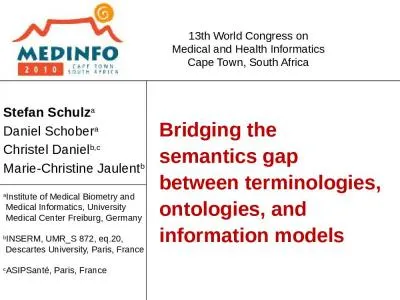PPT-Reasoning the FMA Ontologies with TrOWL
Author : marina-yarberry | Published Date : 2016-05-28
Jeff Z Pan Yuan Ren Nophadol Jekjantuk and Jhonatan Garcia University of Aberdeen UK ORE2013 The FMA ontology The Foundational Model of Anatomy ontology is an
Presentation Embed Code
Download Presentation
Download Presentation The PPT/PDF document "Reasoning the FMA Ontologies with TrOWL" is the property of its rightful owner. Permission is granted to download and print the materials on this website for personal, non-commercial use only, and to display it on your personal computer provided you do not modify the materials and that you retain all copyright notices contained in the materials. By downloading content from our website, you accept the terms of this agreement.
Reasoning the FMA Ontologies with TrOWL: Transcript
Download Rules Of Document
"Reasoning the FMA Ontologies with TrOWL"The content belongs to its owner. You may download and print it for personal use, without modification, and keep all copyright notices. By downloading, you agree to these terms.
Related Documents

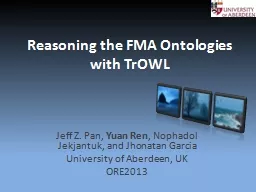
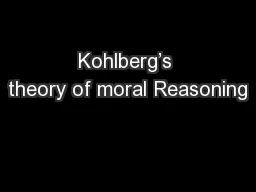

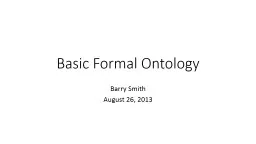
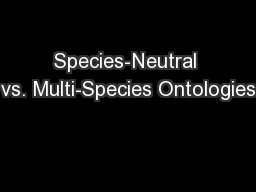


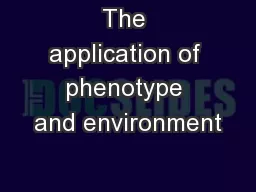


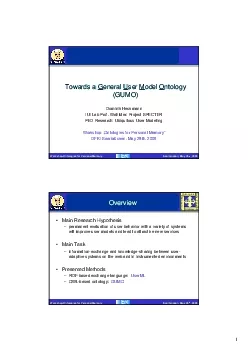
![[DOWLOAD]-Ontologies with Python Programming OWL 2.0 Ontologies with Python and Owlready2](https://thumbs.docslides.com/970331/dowload-ontologies-with-python-programming-owl-2-0-ontologies-with-python-and-owlready2.jpg)
![[FREE]-Ontologies with Python: Programming OWL 2.0 Ontologies with Python and Owlready2](https://thumbs.docslides.com/974946/free-ontologies-with-python-programming-owl-2-0-ontologies-with-python-and-owlready2.jpg)
